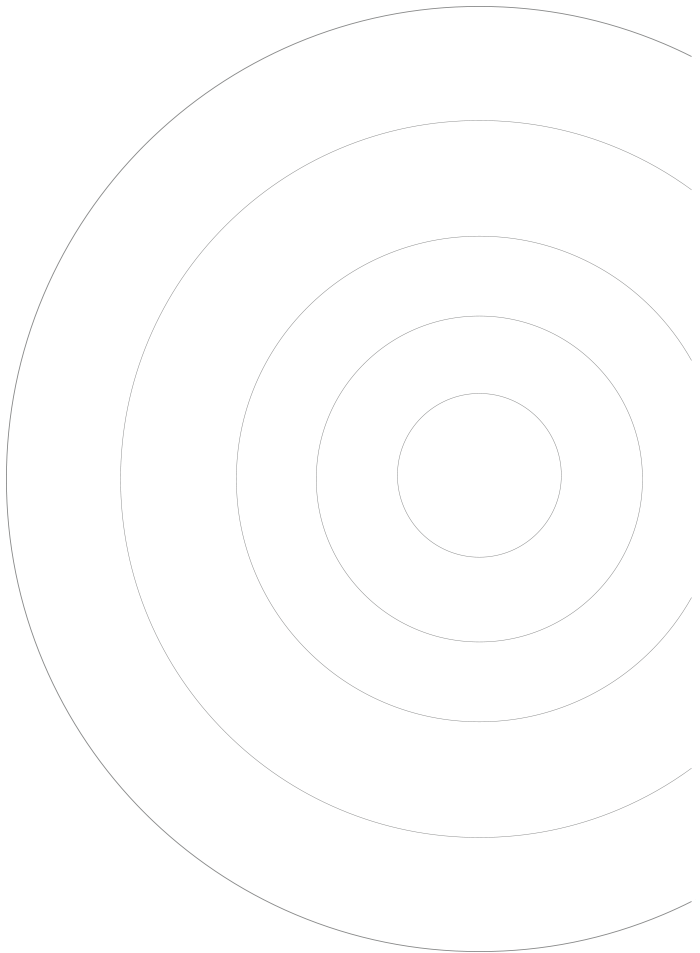We are all willing to spend more time, resources and effort on what motivates us. For this reason, when it comes time to select a professional for a vacancy within our company, it is essential to ask ourselves, before each application: what moves this person? What motivates the candidate? Will she or he get what he wants in this position that we offer?
If the motivational fit between person, position and company is powerful, the guarantees of professional success skyrocket. It's that simple. The person's talents become naturally focused on his mission and this increases the quality and results of his work, not to mention his satisfaction and that of the entire organization.
So, what do we need to know to align the motivators of each professional with the position they are applying for?

1. Know the different motivators that exist:
Utilitarian Motivator: Indicates a high interest in useful things, including money. People who are moved by the utilitarian motivator are usually practical in every way and they ensure that each investment they make (whether in time, effort or money) has an appropriate return.
For this reason, positions where the profitability and efficiency of a project have to be ensured, or where it is clearly oriented towards ambitious business objectives, (as well as positions with a very good professional-family balance) may be very suitable for people with this motivator.
Social motivator: Indicates a high interest in others and to help them as much as possible in a disinterested way. They tend to be people with a kind, understanding, patient and generous nature.
In this sense, positions that require high social interaction from the point of view of supporting, balancing and stability of a project may be suitable for individuals with this type of motivator.
Theoretical motivator: indicates a great interest in knowledge and learning itself. The main objective of people with a theoretical motivation is to order and systematize knowledge; and that is why they are usually intellectual, objective and critical individuals.
It is important that the professional project for these individuals entails high learning opportunities for them. That allows them to put into practice their desire for analysis and synthesis, understanding the problems or tasks as a whole.
Individualistic Motivator: Indicates a strong interest in influencing people and leading others, with the consequent recognition that this entails. They are people with the will to creatively solve problems. They usually need certain independence and autonomy in order to stand out.
Positions that provide a certain protagonism from which to make disruptive decisions or that require negotiating skills can be ideal for these creative, autonomous profiles who are not afraid to take risks.
Traditional motivator: indicates a great interest in order, rules and the systematization of operating rules. They usually have a strong will to evaluate and continuously improve inefficient processes.
Positions where they must define or evaluate action protocols or quality standards can be very enriching for people with this motivator. They feel comfortable in those environments where they can express their criteria and generate new logical ideas for planning and strategy in the implementation of processes.
Esthetic motivator: indicates a high interest in the aspects of form, art and beauty related more than the content of things. The harmony of the space and the environment that surrounds them are areas where you want to influence to make them more welcoming and pleasant.
Positions linked to design, the creation of content in various formats or the transformation of space will be very motivating for this type, oriented to the management of detail and the visual presentation of things.
2. Understand in depth the possibilities offered by each position and professional project.
All professionals get motivation from more than one factor, just as all projects offer a diverse range of objectives, possibilities and subtasks. This series of objectives, possibilities and functions of the vacancy within our company, with what motivators are they paired? What type of motivational profile would feel totally identified with the position?
Let's allocate 5 minutes to carry out this reflection and let's be clear about the ideal profile. Because this will allow us, first and foremost, to make a better selection. And second, to seduce with even more conviction the candidacy that most interests us.
3. Be strategic and explore in an interview what the real motivators of each candidacy are.
Here the order of the factors does alter the product. Before presenting our project and the possibilities it offers in detail, we must investigate what the real motivators of the applications are, in order to bias the response as little as possible. This is possible through open questions, asking for examples of real situations where they have felt fulfilled inside or outside of work…
We all know that the whole truth is often not told in a job interview. But if we make the appropriate inquiries and create a space of trust for the candidate to express themselves, we will be closer to knowing what really moves the person.




